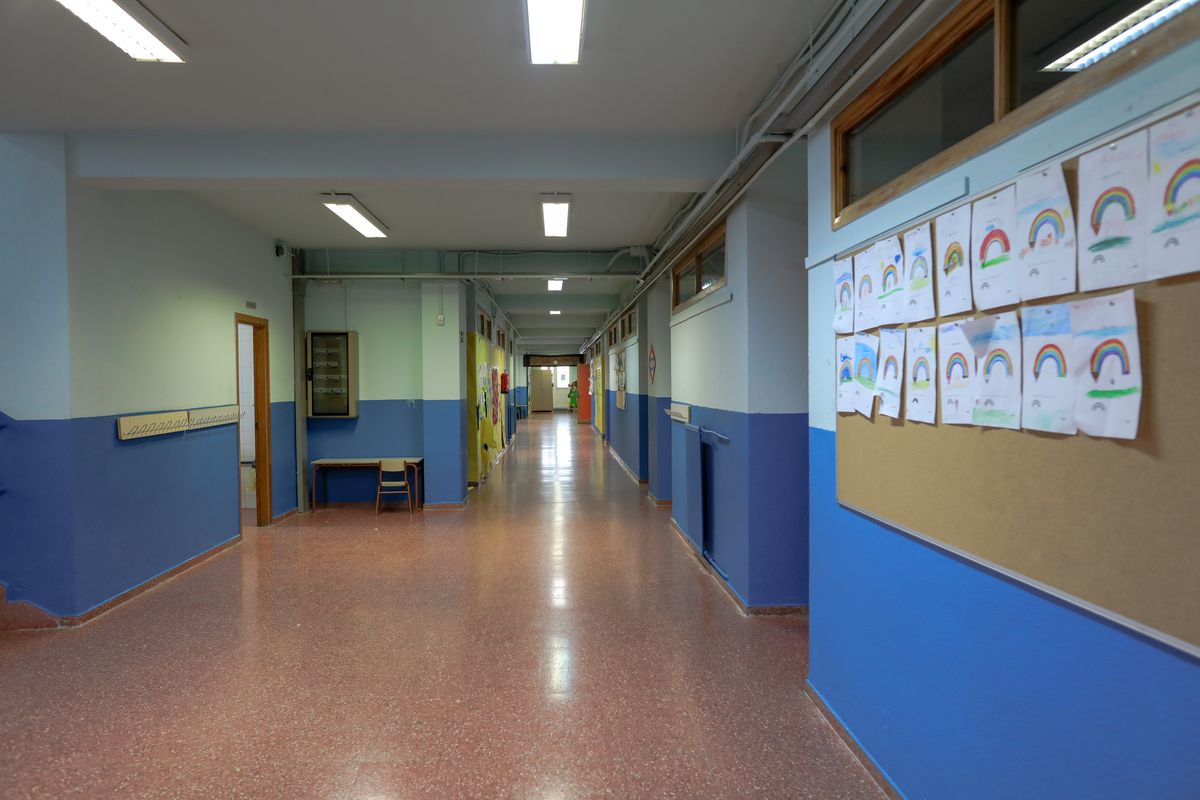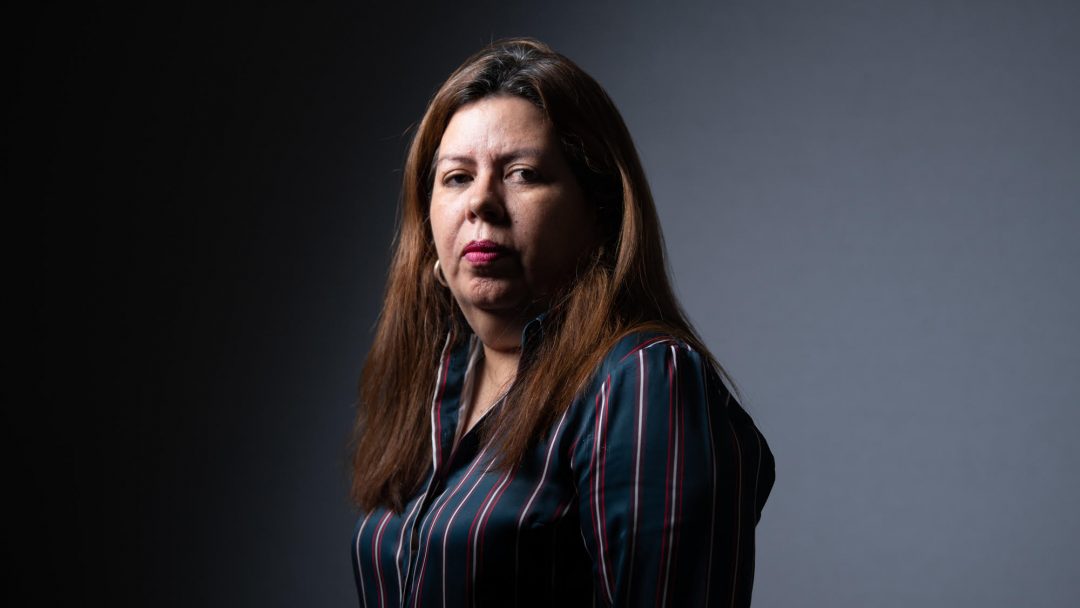The non-governmental organization Transparencia Venezuela warned that the Supreme Tribunal of Justice (TSJ) ratified the endorsement of a regulation that allows members of the Bolivarian National Armed Forces (Fanb) to use firearms to disperse protests that they consider violent.
The NGO recalled that Article 68 of the Constitution states that “the use of firearms and toxic substances in the control of peaceful demonstrations is prohibited,” and that it does not make any distinction regarding protests that are considered violent.
Resolution 008610
“The decision was made by the Political-Administrative Chamber in ruling number 0074 of April 29, 2021, in which it rejected the appeal for nullity that lawyer Henry Pereira Gorrín had filed on February 18, 2015, against resolution 008610, which contains the norms on the performance of the Bolivarian National Armed Forces in functions of control of public order, social peace and citizen coexistence in public meetings and demonstrations”, according to a statement by Transparencia Venezuela.
Resolution 008610 was issued on January 23, 2015, by the Minister of Defense, Vladimir Padrino López, using the protection of the lives of the officers and third parties as justification.
In this sense, the military forces are allowed to use firearms to restore public order, in cases where their use is “unavoidable”.
Transparencia Venezuela also warned that the Supreme Tribunal did not explain the reasons why the case remained inactive for so long before declaring the tacit withdrawal of the appeal for nullity. Under the periods established in the Organic Law on the Supreme Court and the Jurisdiction of Administrative Litigation, this type of action should be resolved in two years.
“The decision drawn up by the president of the chamber, magistrate María Carolina Ameliach, rejected the action introduced by Pereira Gorrín without an evaluation and hiding behind a formality: the lawyer did not comply with the obligation to remove the summons notice, and neither did he published it in a national newspaper to allow the interested parties to participate in the process”, highlighted the organization’s note.
It’s not the first time
Transparencia Venezuela pointed out that it is not the first time that the highest Court endorses a controversial regulation authorizing the military to use firearms to control demonstrations that have turned violent.
In ruling 840 of July 2016, the court refused to temporarily suspend resolution 008610 after stating that “under the Constitution, the use of firearms and toxic substances are only prohibited for the control of peaceful demonstrations, not for the case of violent demonstrations or demonstrations that become violent at some point”.
The NGO reiterated that the Constitution does not make an explicit and clear distinction between peaceful and violent protests. In addition to this, the use of firearms in protests is not endorsed by international bodies for the protection of human rights.
“In a judgment addressed to Peru in 2000, the Inter-American Court of Human Rights concluded that the States must limit the use of the armed forces to control internal disturbances as much as possible since the training they receive is aimed at defeating the enemy, rather than protecting and controlling civilians, which is the typical training of police bodies”, it emphasizes.
Complaints persist
During the massive demonstrations against the government of Nicolás Maduro in 2017, Amnesty International denounced the use of firearms by the security forces to suppress street protests.
“As a consequence, several people died or were injured. Such is the case of Fabián Urbina, who lost his life on June 20, 2017, after a National Guard officer shot at him during a protest in Caracas, ”said the international organization in a statement that year.
Provea’s research coordinator, Marino Alvarado, denounced that at least four people were killed by the use of firearms during protests over fuel, cooking gas, electricity, and other basic services, between January and September 2020.
Translated by José Rafael Medina




